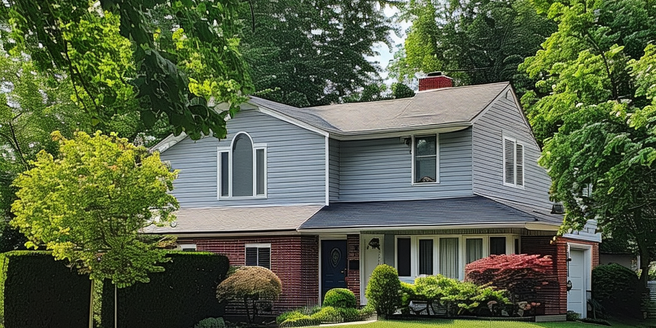Understanding Lease-to-Own Agreements
Lease-to-own agreements provide a unique pathway to homeownership by allowing potential buyers to lease a property with the option to purchase. This arrangement benefits those who may not have immediate access to the traditional mortgage route due to financial constraints or credit issues. By renting with a future purchase in mind, tenants have time to stabilize their finances, build credit, and save towards a down payment. This understanding eliminates the pressure often associated with direct purchasing and allows both parties to come to terms that suit their current and future needs. Additionally, lease-to-own agreements give potential homeowners a chance to ‘test’ the property, neighborhood, and other essential aspects of homeownership before committing, creating a smoother transition from renting to owning.
Flexibility and Affordability in Payments
One of the significant advantages of lease-to-own agreements is their flexibility in payment structures, which can be tailored to fit individual financial situations. This customization makes the journey to homeownership more affordable, especially for those who may not have a sizeable sum for a down payment. Through these agreements, a portion of each rental payment can be credited towards the home’s purchase price, gradually building up an investment. The flexibility offered by lease-to-own arrangements allows prospective homeowners to bypass the rigid requirements of traditional financing, providing an alternative route where payments align more closely with their budget realities. This financial adaptability not only makes homeownership accessible to more individuals but also empowers them to manage their cash flow efficiently.
Building Equity with Lease-to-Own
The lease-to-own model fosters the building of equity in a property before fully purchasing it, giving buyers a head start on accumulating value in their future home. Furthermore, this approach can serve as a valuable stepping stone for individuals seeking financial security in their housing journey. As the terms of these agreements often allocate a portion of the monthly rent towards the purchase price, tenants can begin owning a share of their property incrementally. This gradual equity-building approach is particularly advantageous for those who might otherwise find the leap to full homeownership daunting. By allowing tenants to invest in their future home upfront, lease-to-own agreements effectively turn a portion of regular rent into savings and owner equity, contributing to long-term financial stability and wealth.
Advantages Over Traditional Financing Options
Lease-to-own agreements offer several advantages over conventional financing methods, particularly for buyers excluded from traditional routes due to credit issues or lack of capital for a substantial down payment. These agreements provide an opportunity to lock in the purchase price of a home while still leasing, shielding buyers from real estate market fluctuations. As buyers pay rent, a portion of their payment may go towards the eventual purchase of the property. Unlike standard mortgages that often entail complex approval processes, lease-to-own agreements can be more straightforward and accessible. This less rigid structure is appealing to both buyers and sellers, allowing for more personalized negotiation terms. Thus, in comparison to traditional financing, lease-to-own agreements emerge as a viable, less intimidating, and more accommodating option.
Risk Management for Buyers and Sellers
Both buyers and sellers in lease-to-own agreements must understand the potential risks involved and how to manage them effectively. For buyers, the risk lies in committing to a property with the possibility that financial situations or property appreciation doesn’t meet expectations. It’s essential to conduct thorough research and due diligence before entering such an agreement. For sellers, the risk is that a tenant may not execute the purchase option (though they could keep the option fee as compensation). Structuring the agreement to protect both parties’ interests is paramount, including clear terms on maintenance responsibilities, payment allocations, and agreement durations. A well-crafted lease-to-own contract helps mitigate these risks, providing a rewarding outcome for everyone involved.



